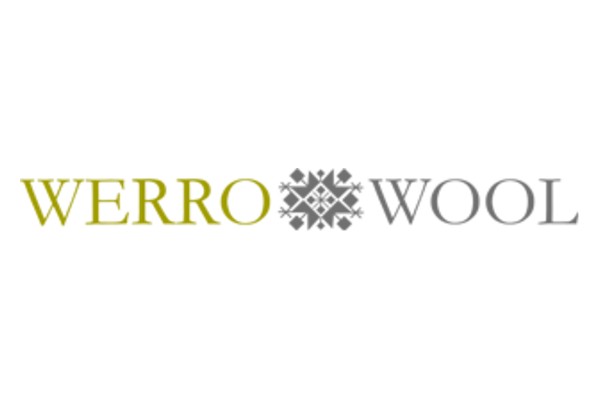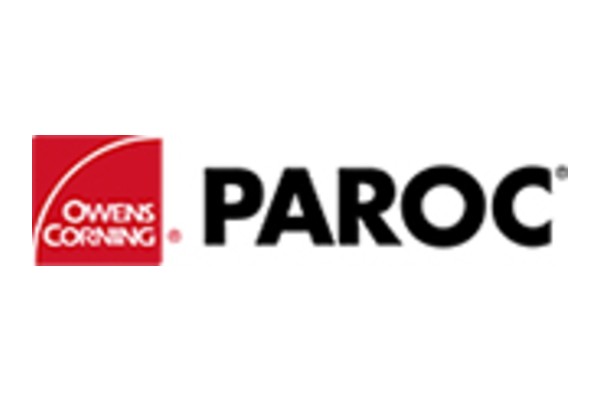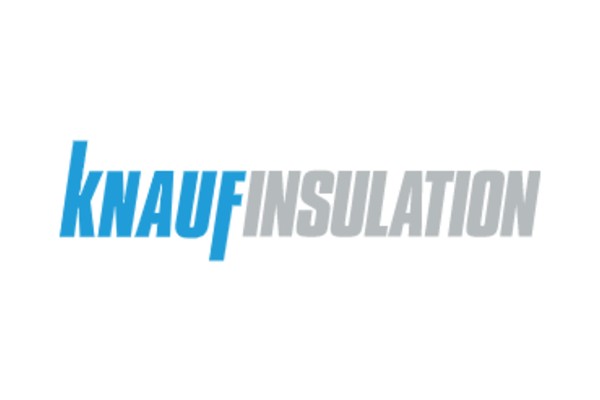Each thermal insulation material we choose has certain properties and applications specified by its manufacturer. Still, when planning the facade, foundation or attic insulation of a building, we often do not go into the material specification, technical parameters and application, which results in the fact that we do not get the desired effect and thermal insulation does not last as long as we expected.
How to prevent these mistakes?
We have prepared a small list of things that should be taken into account when planning insulation work, so that the material, time and resources spent have the expected effect.
Do insulation work as cheaply as possible
The home we live in, renovate or build will be for a long time, even for a lifetime, so it would not be desirable to do everything as cheaply as possible. Remember that the materials as well as the quality of the work done will refer to your comfort and health, ultimately to the energy bills consumed! Choose materials that are suitable for the insulation of the specific structure and follow the recommendations of the technology specified by the manufacturer during installation. We also recommend that you take the choice of labor seriously, because masters who do not go into the process and say that “everyone does it” certainly do not know whether it is right or not. Each home is individual and there is no single recipe that states that insulation can be done according to a certain pattern. It is the responsibility of professionals to explain the benefits and costs of one or the other solution.
Improvisation with recommendations for the use of the material
The choice of material is one of the most important decisions. We recommend that you do not interpret the manufacturer’s recommendations for the use of the material, as this can be unfortunate. The additional elements required for a quality result are mentioned not so that someone earns more at your expense, but so that the insulation has the desired effect and the thermal insulation does not damage and serve.
We are often confronted with the opinion that a material can be removed from the “pie” because it will be cheaper or it does not seem necessary or just doesn’t like. This is a very big mistake. Why? Problems with thermal insulation arise, for example, in Latvia there are four seasons with sharp changes in temperature, which means that the movement of moisture and steam in the structure is inevitable. With the exception of the wall structure, such as a vapor barrier, moisture will accumulate in the thermal insulation and it will start to mold, which over time will also damage the microclimate in the home and the health of its occupants.
Moisture is one of the biggest threats to thermal insulation, and if there is a perception that the vapor barrier creates a greenhouse effect, then we must upset you – without it, you cannot do it if you want the investment to pay off and the thermal insulation to work. It should also be noted that each material has its own thermal conductivity, which is very important to take into account. Products with the same thickness have very different thermal conductivities, so purchasing the visually thicker material will not always bring the expected benefits.
It would also be important not to use materials that are not suitable for the specific construction. An example is polystyrene foam, which can be used to insulate the foundations and floors of a building on the ground floor, but it can never be used to insulate walls, as there will be problems with condensate.
Incorrect calculations
When performing insulation work, it is very important to make correct calculations. For example, in structures where material is required in sheets or rolls, it tends not to hold and slide down when embedded in the structures, resulting in voids. If the right material is chosen and the construction is made in the appropriate width, the wool itself must remain in its intended place without additional means. For roll and sheet material, it is very important to calculate the dimensions accurately, as well as to cut the appropriate size for the construction.
When insulating the attic, it is necessary to create footbridges in the room, which would allow movement, access to various things located in the attic. Often these footbridges are not created, as a result of which you walk on the thermal insulation material – the thermal insulation is swollen, the air is expelled from the thermal insulation, and the material no longer fulfills its function.
Technologically incorrect assembly of materials
When insulating the facade of a building, the biggest mistake is to apply glue peaks on the thermal insulation sheet, which is attached to a previously uneven surface. As a result of such low-quality work, an air space is created between the existing wall and the thermal insulation, which over time makes itself felt. Proper application of the technology requires that the sheet must first be covered with glue along the parameter and only then in the middle so that each sheet is sealed. It is also possible to apply the glue all the way in the same way as when tiling.
The choice of labor and materials always remains up to you, however, no matter what material you choose, we recommend consulting with industry specialists. SIA Vides Tehnika offers its customers free consultations and will be happy to help you choose the right material for you to achieve the best results.
Our specialists: https://videstehnika.lv/en/contacts/
















